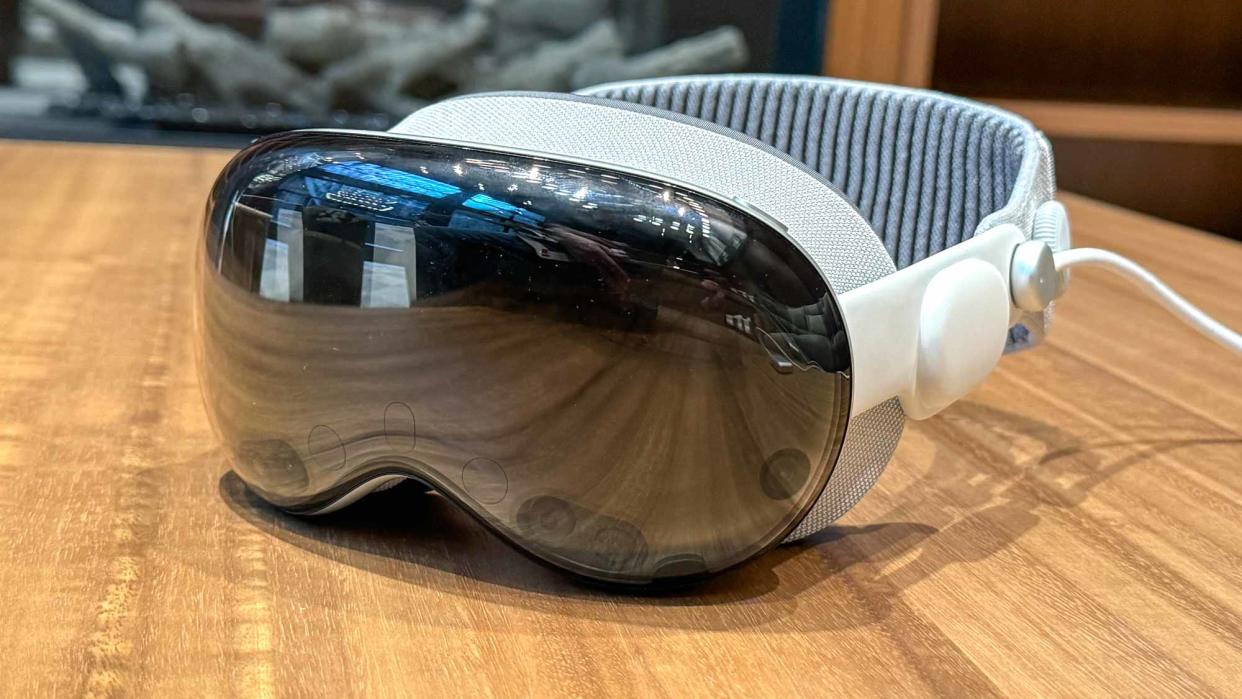Apple reportedly ’accelerating’ entry-level Vision Pro — and it could cost $2,000 less

We likely still have long to wait for an entry-level version of the Apple Vision Pro, with industry insiders estimating a second-generation launch window sometime in 2025 or 2026. But that doesn't mean Apple isn't still hard at work behind the scenes on a more affordable version of its mixed reality headset.
Apple is aiming to cut the cost of the Apple Vision Pro from $3,500 down to as low as $1,500, according to a new report from The Elec spotted by leaker Revegnus. How? Apple's apparently going back to the drawing board when it comes to one of the headset's most expensive components: its two 4K micro-OLED displays.
A "bill of materials" breakdown for the headset estimates it costs Apple about $1,542 to make each unit. Out of that $1,542, the price of the Vision Pro's displays takes up a huge chunk: $456. So, when it comes to cooking up a more entry-level alternative, naturally Apple is starting there first. The iPhone maker is reportedly researching how to cut the display's price tag by as much as 50 percent.
According to The Elec, Apple is currently considering companies such as SeeYa and BOE to fold into the display supply lineup alongside its sole existing micro-LED supplier, Sony. Relying on one supplier can bottleneck the production process, and it's likely Sony's working at maximum capacity to fulfill Apple's shipment needs. Spreading the work among multiple display manufacturers could shave down costs. Of course, given Apple's high bar for quality control requirements, it's possible these talks with SeeYa and BOE could go nowhere, and we see Apple rely on Sony once again as its exclusive supplier for the second-gen Vision Pro.
"Apart from seeking micro OLED suppliers, Apple is also accelerating research and development for the second-generation entry-level XR product to reduce the cost of micro OLED displays," Revegnus explained in a post on X (formerly Twitter).
Previously, Bloomberg's Mark Gurman said Apple is discussing downgrading some of the Vision Pro's tech and functionality to cut costs as well. These options include fewer cameras, lower resolution screens and an iPhone-grade chip — as opposed to the M-series you’d find in a MacBook. Gurman said the final device will likely be named something like Apple Vision or Apple Vision One to indicate it's related to the Apple Vision Pro, just not quite as fully featured.
